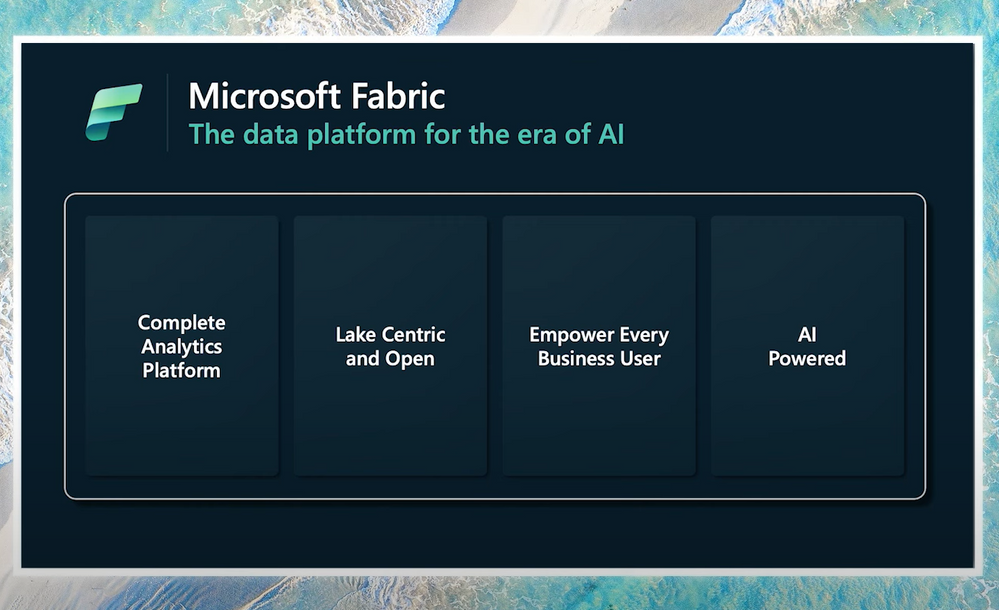Fortifying Microsoft Fabric Security in Microservices: Expert Strategies
In the dynamic landscape of data and AI, Microsoft Fabric shines as an innovative analytics platform that amalgamates diverse data and AI technologies into a cohesive product. While its capabilities are immense, guaranteeing the security of Fabric applications, especially in a microservices architecture, is of paramount importance. This blog post delves into essential best practices for fortifying Microsoft Fabric security within the realm of microservices.
Unleashing the Potential of Microservices
Microservices, characterized by their small, independent, and interconnected services, revolutionize application development. Their advantages include scalability, flexibility, and accelerated development cycles. However, they also introduce security challenges that demand thoughtful consideration:
- User Authentication and Access Control: How to ensure secure authentication and authorization across multiple microservices?
- Securing Communication: How to encrypt and safeguard communication between microservices?
- Access Prevention and Tampering Mitigation: How to thwart unauthorized access and tampering attempts within microservices?
- Monitoring and Auditability: How to effectively monitor and audit microservice activity and performance?
Security Best Practices for Microsoft Fabric in Microservices
- Utilize OAuth for User Identity and Access Control
OAuth, an open standard for authorization, facilitates secure third-party access to user resources or data. It uses tokens to represent user identity and permissions. OAuth benefits include:
- Single Sign-On (SSO): Users access multiple microservices with one login, avoiding redundant authentication.
- Federated Identity: Leverage existing identity providers like Azure Active Directory for seamless authentication.
- Delegated Authorization: Grant or revoke access based on user roles or scopes.
Implement OAuth with Azure Active Directory (AAD) as your identity provider and authorization server for seamless authentication, token management, and policy enforcement.
- Implement Defense in Depth for Microservices Prioritization
Defense in depth strategy applies multiple layers of protection to your application. Categorize services based on risk levels:
- High-Risk Services: Apply strict security controls, such as encryption, logging, and access policies, to services handling sensitive data.
- Medium-Risk Services: Employ moderate security measures, like encryption in transit and role-based access control, for important data.
- Low-Risk Services: Implement minimal security controls, such as HTTPS communication and basic authentication, for public-facing services.
By classifying services and tailoring security measures accordingly, you can effectively mitigate risks and deter attackers.
- Leverage Established Crypto Libraries
Cryptography plays a crucial role in securing data. Avoid creating your own cryptographic algorithms, as this can introduce vulnerabilities. Rely on established crypto libraries:
- Azure Key Vault: Safeguard encryption keys, secrets, and certificates for data protection and management.
- Azure Data Encryption: Employ transparent data encryption and always encrypted features to secure data at rest.
- Azure SSL/TLS Certificates: Encrypt and authenticate data in transit using digital certificates.
Choose tested and trusted solutions to ensure robust cryptographic security for your Microsoft Fabric microservices.
- Enable Automatic Security Updates
Regular security updates patch vulnerabilities and enhance system resilience. Enable automatic updates for:
- Virtual Machines: Utilize Azure Security Center to automate security updates and ensure compliance.
- Code and Dependencies: Leverage Azure DevOps for seamless integration and deployment of security updates.
- Employ Distributed Firewalls with Centralized Control
A distributed firewall strategy, paired with centralized management, bolsters network security. Deploy a firewall on each host and use a central console to manage them. This approach offers scalability, flexibility, and comprehensive visibility:
- Scalability: Scale firewall capacity in tandem with network growth.
- Flexibility: Customize firewall rules for various hosts without affecting others.
- Visibility: Detect anomalies and incidents across the network.
Implement this approach with Azure Firewall Manager to manage multiple firewalls seamlessly.
Fortifying Microsoft Fabric security in microservices architecture demands a holistic approach that aligns with evolving challenges. By adhering to the best practices mentioned above, you can navigate security pitfalls, ensure data integrity, and safeguard your applications against potential threats. Microsoft Fabric’s prowess, coupled with robust security measures, ensures that your data and AI solutions are not only innovative but also resilient. Take the first step toward a secure future by integrating these practices into your Microsoft Fabric endeavors. Elevate your data-driven journey with unmatched security today!









